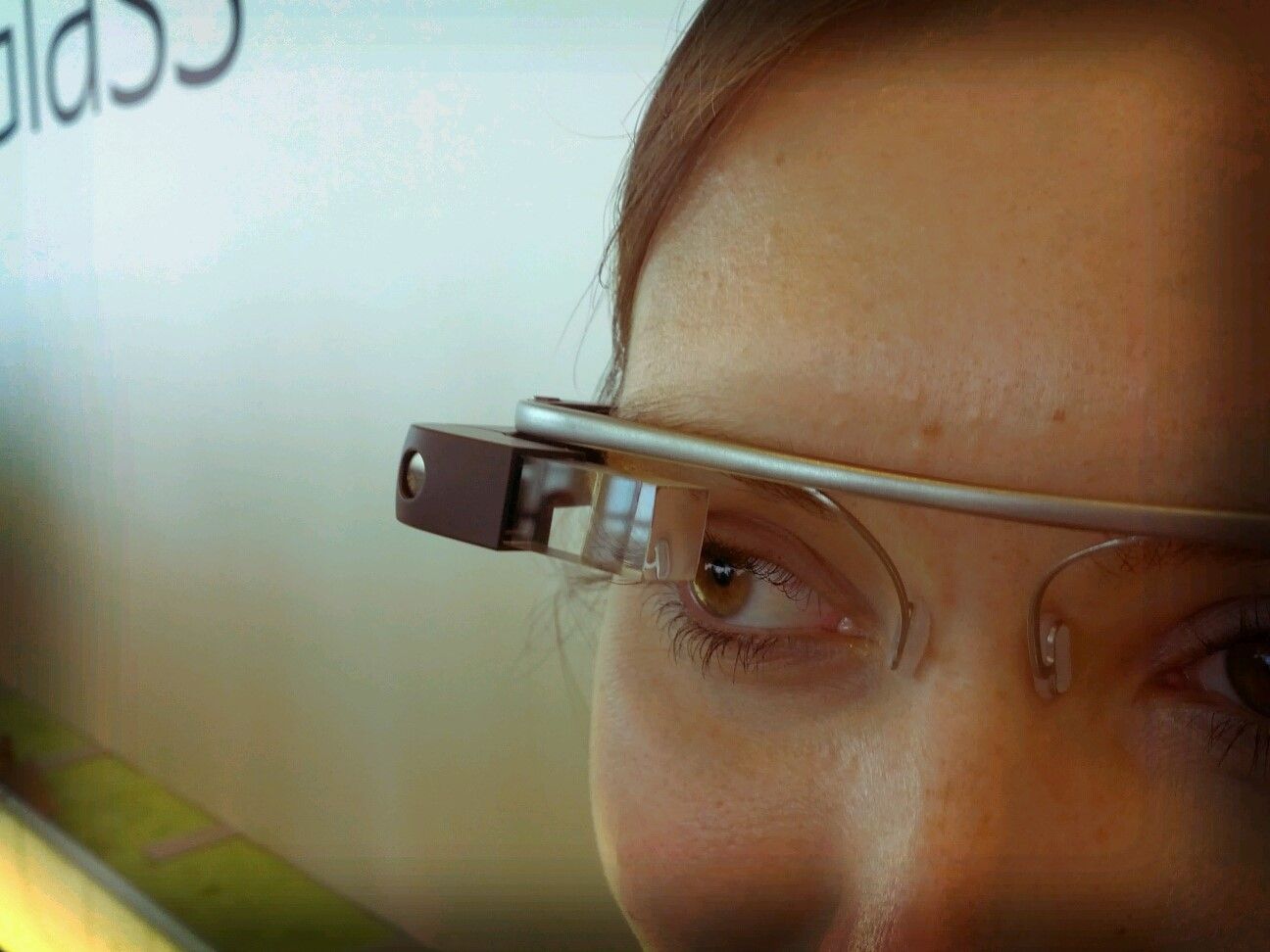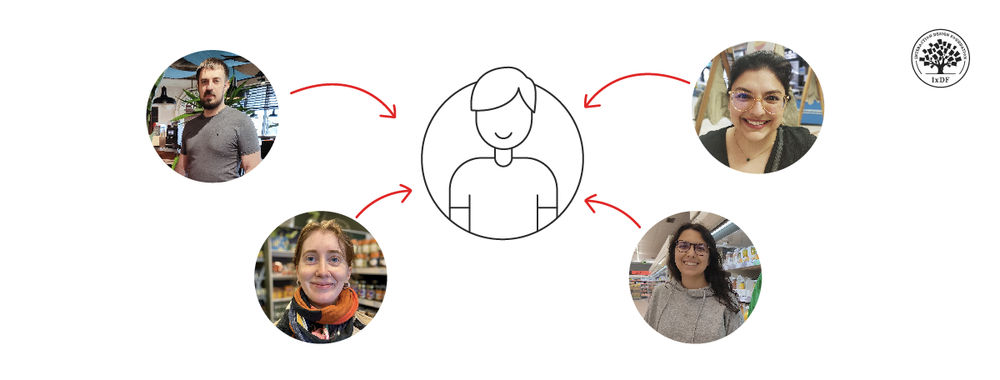It’s important for anyone involved in gamification design to have a clear understanding of what the business expects to see from the final product. Without such an understanding, the team may develop a highly interesting, engaging and fun system which fails to achieve anything meaningful to the business itself. Although keeping players happy is important, if you want to keep your job as a gamification designer, you will also need to achieve a return on investment for the business as a result of the exercise.
Return on Investment
Many years ago, the author of this course worked within the UK’s mobile phone industry. One of the largest companies operating in the retail environment ran into a little trouble with the press. Its salespeople were accused of being somewhat aggressive and unhelpful, and more concerned with “ringing the bell” (announcing a sale) than they were about their customers.
The company panicked, and it immediately commissioned a series of very expensive customer care training in order to resolve the issue. The training itself was very successful. Customer satisfaction levels increased dramatically; however, the company’s profits decreased at the end of the month.
Why? The company was paid to sign up large volumes of clients. Individual sales did not make them any money; only hitting a high sales target did. The new “customer friendly” environment was extending call times from a couple of minutes to much, much longer. However, the company could no longer hit its sales targets… and began to lose money.
If people had analyzed the issue properly, they would have noticed that sales had not been affected by the poor press. Most customers were aware that the incredibly cheap and high value deals the company offered meant that customer service would not be a priority for them. The company could have addressed the issue by investing in better PR at a much lower cost than the training exercise, and thus seen a positive return on investment. As it happened, it took months to “uneducate” their salespeople and get them back to what they had previously been doing.
 Author/Copyright holder: Alan Clark. Copyright terms and licence: CC BY-ND 2.0
Author/Copyright holder: Alan Clark. Copyright terms and licence: CC BY-ND 2.0
Salespeople may be annoying, but a lack of business profitability can be much worse.
Business Outcomes
“Design can speak the tongue of art with the force of commerce.”
—Frank Chimero, Author of “The Shape of Design”.
This is why it’s so important to understand a business outcome before you invest in any kind of intervention, gamification or otherwise. Poor understanding of the business objectives can lead to interventions that not only don’t succeed in their objectives but—worse—degrade the overall performance of the business, too.
You need to engage with all the stakeholders in the business when you try to determine an appropriate business outcome. It’s important to understand the point of view of the logistics, purchasing and distribution functions if your objective is to increase sales, for example. Why? Dramatically increasing sales without the capacity to fulfill orders isn’t a success. Attending to one department without considering others is more like a costly way to write a textbook full of painful lessons, regardless of how good it may seem to work, in theory, at the time. In this case, it’s just going to generate high volumes of customer complaints with no increase in revenues or profitability.
 Author/Copyright holder: Devin Hunter. Copyright terms and licence: Fair Use.
Author/Copyright holder: Devin Hunter. Copyright terms and licence: Fair Use.
Customer complaints can be the death of some businesses, but to others they’re water off a duck’s back.
Your objective is to be able to state the required business outcome in a way that the entire business can agree upon and have them commit to your gamification mission. You may not always succeed, but you are much less likely to be blamed for a problem if everyone involved is committed to a course of action and prepared to move in concert. “You should have listened to that department’s point…” will therefore not plague your mind if matters go awry.
You should always consider whether there are other, cheaper and easier, solutions than gamification before addressing a problem, too. Be honest and earnest; if you can’t do it for organization A or company B, you’ll survive to apply gamification elsewhere. Remember that—when gamification is the way forward as a solution—you’ll need to be able to show a healthy return on investment when you are successful. Spending $10 million to fix a $1 million problem is not good business sense in the long run.
 Author/Copyright holder: Antonio Zugaldia. Copyright terms and licence: CC BY 2.0
Author/Copyright holder: Antonio Zugaldia. Copyright terms and licence: CC BY 2.0
Google Glass is a great example of a product which failed to solve a problem for its potential users.
Google Glass deserves a mention in this context. On paper (and in principle), the Glass had it all: data literally right before your eyes; the ocular answer to earbud headphones that had made such a breakthrough twenty-odd years before; the eyewear that screamed “The future is here, on my face!” and could make its users look more ‘happening’ than talking or texting on a smartphone ever could. One problem was: whose eyes? Its potential users numbered many; however, the digerati, journalists and celebrities seemed to have been the priority. Matters might have been different as regards the fate of Google Glass had those involved in its development been more mindful of their usership.
On that note, keeping business outcomes in mind is the best way to ensure the viability of your gamification exercises.
The Take Away
Gamification projects aren’t just about players; we also use them to achieve business results. Your gamification design team must research exactly what the business expects and ensure that everyone involved in the project focuses on these expectations throughout the design process. The idea is to create engagement with players that achieves results and return on investment. Getting the balance between fun engagement and serious results will pay off time and again for you as you progress to later gamification works in your career.
References & Where to Learn More
Janaki Mythily Kumar and Mario Herger, Gamification at Work: Designing Engaging Business Software, The Interaction Design Foundation, 2014
Hero Image: Author/Copyright holder: Yoshi Canopus. Copyright terms and licence: CC BY-SA 3.0












